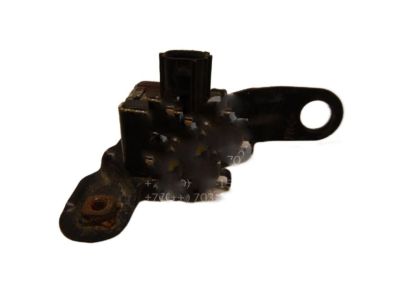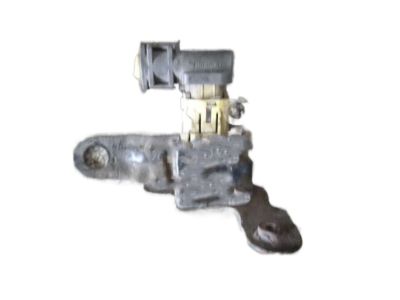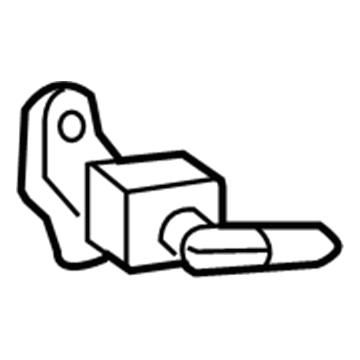×
ToyotaParts- Hello
- Login or Register
- Quick Links
- Live Chat
- Track Order
- Parts Availability
- RMA
- Help Center
- Contact Us
- Shop for
- Toyota Parts
- Scion Parts
My Garage
My Account
Cart
OEM 2000 Toyota Land Cruiser Air Bag Sensor
Air Bag Impact Sensor- Select Vehicle by Model
- Select Vehicle by VIN
Select Vehicle by Model
orMake
Model
Year
Select Vehicle by VIN
For the most accurate results, select vehicle by your VIN (Vehicle Identification Number).
2 Air Bag Sensors found

2000 Toyota Land Cruiser Front Sensor, Driver Side
Part Number: 89174-69035$107.82 MSRP: $130.00You Save: $22.18 (18%)Ships in 1-3 Business DaysProduct Specifications- Other Name: Sensor, Air Bag, Front; Air Bag Impact Sensor, Front Left; Air Bag Sensor; Sensor, Air Bag, Front Driver Side
- Position: Front Driver Side
- Part Name Code: 89174A
- Item Weight: 0.70 Pounds
- Item Dimensions: 4.9 x 2.9 x 2.4 inches
- Condition: New
- Fitment Type: Direct Replacement
- SKU: 89174-69035
- Warranty: This genuine part is guaranteed by Toyota's factory warranty.

2000 Toyota Land Cruiser Front Sensor, Passenger Side
Part Number: 89173-69045$99.97 MSRP: $120.53You Save: $20.56 (18%)Ships in 1-3 Business DaysProduct Specifications- Other Name: Sensor, Air Bag, Front; Air Bag Impact Sensor, Front Right; Air Bag Sensor; Sensor, Air Bag, Front Passenger Side
- Position: Front Passenger Side
- Part Name Code: 89173A
- Item Weight: 0.70 Pounds
- Item Dimensions: 4.6 x 2.9 x 2.3 inches
- Condition: New
- Fitment Type: Direct Replacement
- SKU: 89173-69045
- Warranty: This genuine part is guaranteed by Toyota's factory warranty.
2000 Toyota Land Cruiser Air Bag Sensor
Looking for affordable OEM 2000 Toyota Land Cruiser Air Bag Sensor? Explore our comprehensive catalogue of genuine 2000 Toyota Land Cruiser Air Bag Sensor. All our parts are covered by the manufacturer's warranty. Plus, our straightforward return policy and speedy delivery service ensure an unparalleled shopping experience. We look forward to your visit!
2000 Toyota Land Cruiser Air Bag Sensor Parts Q&A
- Q: When should the Air Bag sensor assembly be replaced and what procedure should be followed for its removal and installation on 2000 Toyota Land Cruiser?A: Repair the Air Bag sensor assembly in any situation where the SRS released during impact or the sensor checks require replacement or following a drop incident. The correct protocol should be used for both sensor assembly removal and installation operations.















